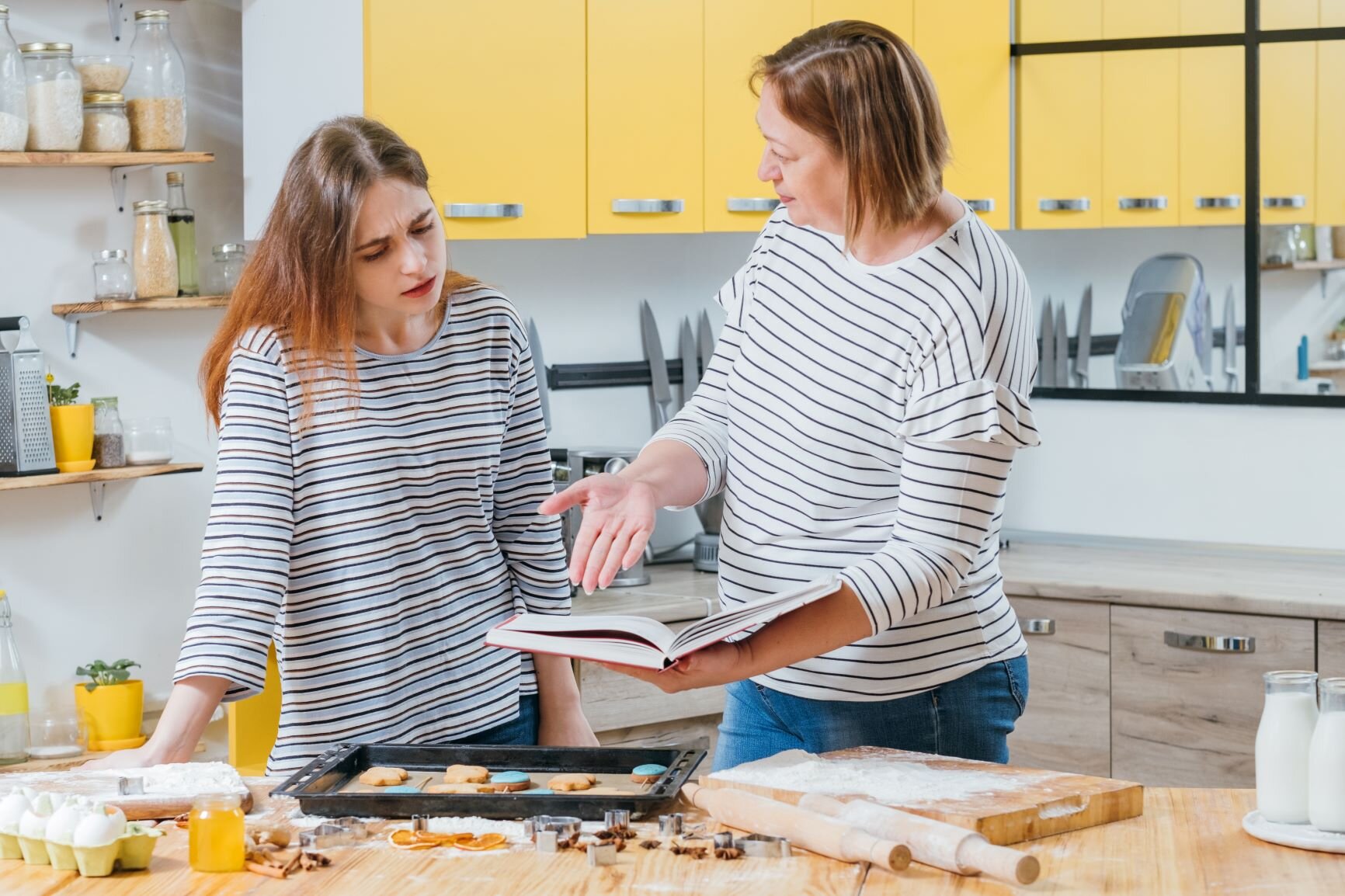Cooking Mistakes that May Hinder Weight Loss
By Lizzie Streit, MS, RDN, LD
Cooking healthy is key to getting healthy, right? It’s true that changing your diet for the better can help you lose weight and improve your health, but there are several common cooking mistakes that may actually hinder your goals.
Homemade meals are not always more nutritious than take-out, especially if you’re using excess fat or adding too many sauces or toppings. Fortunately, there are ways to avoid these culinary blunders to stay on track.
Read on for a list of cooking mistakes that can make it harder to lose weight, with tips on how to avoid them.
1 – Not measuring fats.
Fat helps the body absorb certain nutrients, insulates and protects organs, and adds flavor to foods. Still, fat has more than double the number of calories per gram than protein or carbs (9 vs. 4) and therefore contributes excess energy if you add too much during cooking.
To prevent this situation, remember to measure out oils and other fats that you use instead of drizzling with a heavy hand or coating the bottom of a pan with butter. Use closer to one teaspoon of oil for smaller meals and up to one tablespoon when you’re preparing larger portions.
2 – Too much protein.
While incorporating protein at every meal is an important part of cooking for weight loss, excess protein ends up being stored as fat in the body. When you’re preparing food, keep in mind that protein should make up about a quarter of the plate. Half of the plate should contain vegetables, especially non-starchy veggies, and the rest should be filled with complex carbohydrates like whole grains and fruit.
3 – Seasoning with salt or sodium-laden ingredients.
Many home cooks rely on their salt shaker to boost the flavor of recipes. Even though this is a common culinary habit, consuming too much salt may increase the risk of or worsen high blood pressure. That being said, excess salt consumption may not directly lead to weight gain, but it’s still a concern for those who are overweight who already have or are at a greater risk of hypertension.
While it’s not necessary to completely avoid salt, you can easily mix in herbs and spices to cut down on your consumption. Check out some seasoning ideas in this post. In addition, be aware of other ingredients that may be loaded with sodium, like canned soups used in casseroles, soy sauce, and salsas, and limit how often you use them.
4 – Adding too many extras.
Loading up burrito bowls, salads, and soups with sour cream, cheese, guacamole, and more can end up reducing the nutritional value of these foods. Instead of building a meal around toppings, remember that they are extras and should be treated as such.
If you are prepping meals in advance, measure out small portions of toppings so that you’re not tempted to go overboard when it’s time to eat. You can also stick to just one or two options instead of adding every possible extra.
Note from Healthy For Life Meals: Our meals are prepared with the healthiest possible ingredients as well as cooking techniques. If you’re struggling with grocery shopping and being consistent with cooking healthy meals at home during this Stay-At-Home order, we’re here to help. By getting started with one of our plans, you can feel confident that your meals are healthy, delicious, and prepared/delivered under strict, safe, sanitary conditions. For information about the precautions we are taking regarding COVID-19, please see this link.

